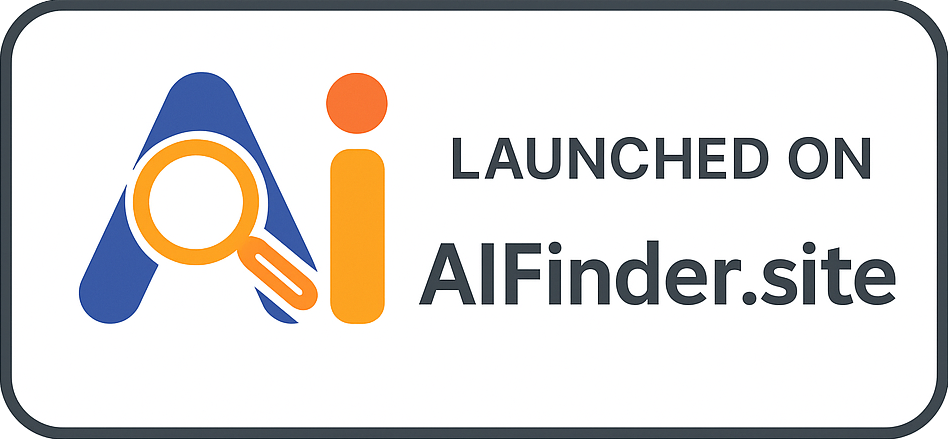Workflow Optimization
Workflow Optimization refers to the systematic approach of improving the efficiency and effectiveness of processes, enabling brands and influencers to streamline their operations in marketing campaigns.
Frequently Asked Questions
What is Workflow Optimization?
Workflow Optimization is the process of analyzing and improving business workflows to enhance productivity, reduce costs, and ensure that tasks are completed in a more efficient manner. It involves identifying bottlenecks, automating repetitive tasks, and implementing best practices.
Where is Workflow Optimization applied?
Workflow Optimization is applied in various areas of business, including project management, content creation, marketing operations, and team collaboration. In influencer marketing, it can be used to streamline content approval processes, campaign management, and performance tracking.
When should Workflow Optimization be implemented?
Workflow Optimization should be implemented at the beginning of a project, during any phase where inefficiencies are observed, or when scaling marketing efforts. Regular reviews of workflows also help identify opportunities for ongoing optimization.
Why is Workflow Optimization important?
Workflow Optimization is important because it leads to increased efficiency, reduced turnaround times, improved communication, and better resource allocation. For influencer marketing, optimized workflows enhance collaboration between brands and influencers, leading to more effective campaigns.
How can Workflow Optimization be achieved?
Workflow Optimization can be achieved through several strategies, including utilizing project management tools, defining clear roles and responsibilities, automating repetitive tasks, gathering feedback from team members, and regularly reviewing processes for potential improvements.
Key Takeaways
Workflow Optimization is crucial in influencer marketing as it helps streamline operations, enhances collaboration, and ensures timely delivery of campaigns. By continually optimizing workflows, brands and influencers can improve their overall effectiveness and achieve better results in their marketing efforts.
Hot Glossary Terms
Influencer Marketing
Influencer Marketing is a strategy that leverages the influence of individuals with large followings on social media to promote products or services, aiming to reach a targeted audience effectively.
Social Media Marketing
Social Media Marketing refers to the use of social media platforms and websites to promote a product or service, encouraging user engagement and brand awareness through content creation and sharing.
Content Strategy
Content Strategy is a comprehensive plan aimed at creating, publishing, and managing high-quality content to achieve business goals and enhance user engagement.
Brand Partnerships
Brand Partnerships refer to collaborative relationships between two or more brands or influencers aimed at promoting mutual interests and achieving shared goals through combined marketing efforts.
Engagement Rate
Engagement Rate is a key performance metric in social media and influencer marketing that measures the level of interaction and engagement a piece of content receives from its audience.
Related Terms
Social Media Monitoring
Social Media Monitoring is the process of tracking and analyzing conversations and mentions of a brand or topic across social media platforms, helping businesses gain insights and engage with their audience effectively.
Influencer Discovery
Influencer Discovery refers to the process of identifying and researching social media influencers who align with a brand's values, target audience, and marketing goals.
Contract Essentials
Contract Essentials are the fundamental components and elements that must be included in any agreement, particularly in influencer marketing, to ensure that both parties have clear expectations and legal protections.
Affiliate Marketing Strategy
Affiliate Marketing Strategy involves creating a structured approach for promoting products or services through affiliates who earn commissions based on sales or leads generated through their marketing efforts.
Affiliate Marketing
Affiliate Marketing is a performance-based marketing strategy where businesses reward affiliates for driving traffic or sales to their products through the affiliate's marketing efforts.







